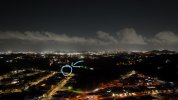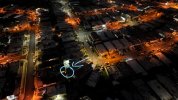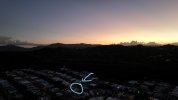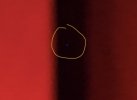Hey everyone,
Has anyone else noticed dead and stuck pixels in their videos and photos at low light? I bought the M3 2 weeks ago and noticed two white dots continuously in my videos. I exchanged it for a new one and this new one is even worse. It has about 5 to 6 red, white and blue dots. They aren’t noticeable in day light conditions, but at nighttime and low light they are a lot more prominent.
Any thoughts?
Has anyone else noticed dead and stuck pixels in their videos and photos at low light? I bought the M3 2 weeks ago and noticed two white dots continuously in my videos. I exchanged it for a new one and this new one is even worse. It has about 5 to 6 red, white and blue dots. They aren’t noticeable in day light conditions, but at nighttime and low light they are a lot more prominent.
Any thoughts?

















